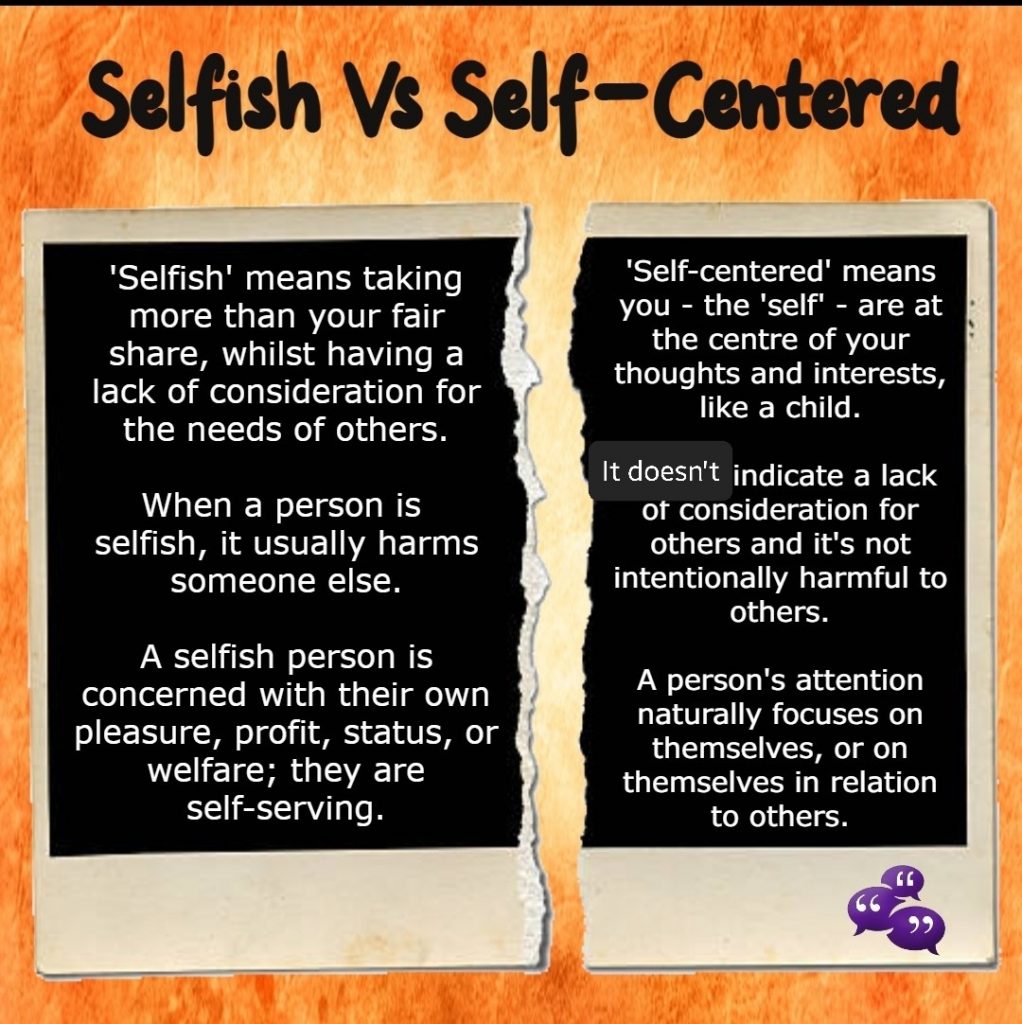
The difference between Selfishness and Self-Centeredness.
Categories:

Related Post
Fear and Love, with Tara BrachFear and Love, with Tara Brach
I strongly encourage viewers, readers, and interested friends to visit Tara’s website Tara Brach – Meditation, Psychologist, Author, Teacher. So much of what I consider to be true and helpful is the wisdom I have learned from Tara Brach, an American psychologist, author, and proponent of Buddhist meditation – but more than that, she is authentic, compassionate and honest.
Two Science-backed Ways to Ease a Worried Mind.Two Science-backed Ways to Ease a Worried Mind.
Please click on the link for the article by BY ERIC LANGSHUR AND NATE KLEMP PHD
https://www.mindful.org/two-science-backed-ways-to-ease-a-worried-mind/?fbclid=IwAR07a6fhRYX7WY9ede0yWjpP5-7kNsfpu1fAei8GBPzxa2F-XSvq1KKYSzI

